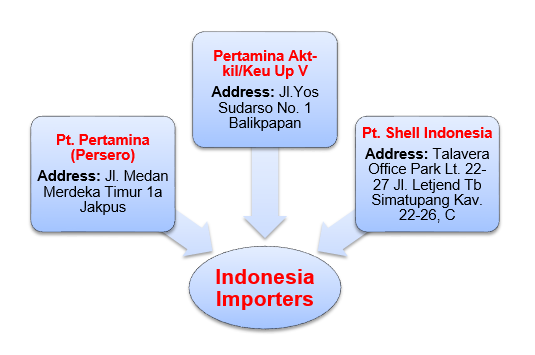Indonesia is one of the largest countries who
import refined petroleum oil the most. In fact, it bought the oil worth of USD
thousand 26717296 in the year 2014. Singapore was the top exporter of Indonesia
who sold petroleum oil not crude of USD thousand 14520337 during financial year
2014-15. If you want complete analytical report of Indonesia’s petroleum oil,
not crude in 2014 and prior to said year, keep on reading this content. Even
you can access this data and other foreign trade statistics of other products
right @ www. exportgenius.in! So, do follow us for fulfilling your
import-export data requirements right here!
Access Year-wise Analysis of Petroleum Oil (Not Crude) Data, Indonesia’s Among Top Imports Here…
Access Year-wise Analysis of Petroleum Oil (Not Crude) Data, Indonesia’s Among Top Imports Here…
- Trade in Balance of Petroleum Oil (Not Crude) during 2011, 2012, 2013 & 2014
- Products Sub-categorized under Petroleum Oil, Not Crude (HS Code 2710)
- Share in Value of Petroleum Oil, Not Crude during 2011, 2012, 2013 & 201
- Top 3 Exporters of Petroleum Oil, Not Crude during 2014
- Details of Few Indonesia Importers of Gasoline under Category of Petroleum Oil, Not Crude
So, are you taking help from this Indonesia statistical
trade reports on various products to grow your business? Not now? What? Others
are taking, why are you not? We provide only original import-export trade data
for the benefit of our esteemed customers. Now get through with this import
data of Indonesia’s petroleum oil, not crude for your knowledge!
View more to access Indonesia import data @ http://www.exportgenius.in/export-import-trade-data/indonesia-import.php




































